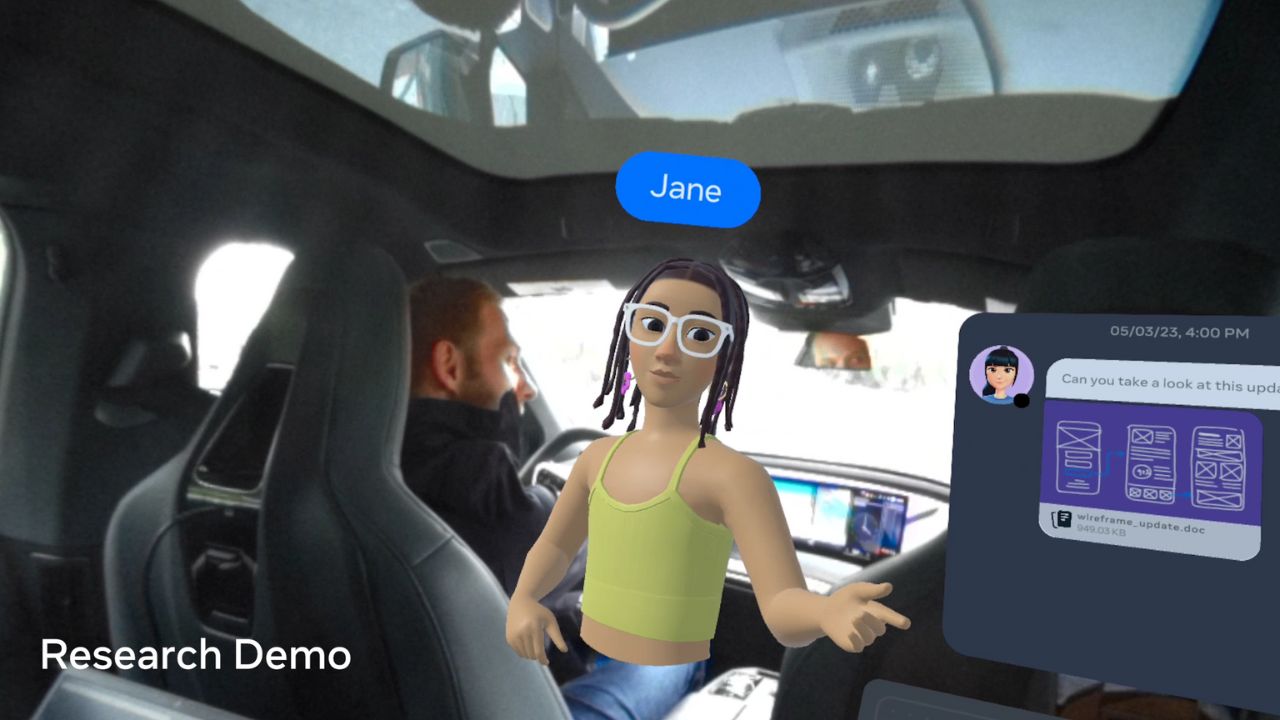The virtual reality (VR) e.g augmented reality (AR) are technologies that promise to revolutionize the way we interact with the world and with each other. But deep down, we already knew that. The question is: how can they be integrated into vehicles to enrich the driving and travel experience? This is the question the researchers of Metagiant of social networks, and of the BMW Groupworld leader in the automotive sector.
Already in 2021, the year in which Facebook definitively changed its name to Meta, the two companies had announced a partnership to explore the potential of VR and AR applied to vehicles. The goal is to create immersive and personalized experiences for passengers.
Meta and BMW beyond the boundaries of (virtual) reality
However, realizing this futuristic scenario is not as simple as it seems. The main challenge is to ensure the stability and accuracy of the virtual objects inside a moving vehicle. Indeed, the sensors of VR and AR devices can conflict with signals from the movement of the car and the movement of the passengers’ bodies, causing problems with nausea and disorientation.
To overcome this obstacle, Meta has developed a new technology that uses information from the sensor network of a BMW car to integrate it into the tracking system of a Quest Pro, the latest generation VR viewer from Meta. In this way, it is possible to create a digital twin of the vehicle and anchor virtual objects to it with unprecedented precision.
This achievement represents a huge leap forward for the entire VR and AR industry and paves the way for new possibilities for in-car entertainment, communication and learning. Meta and BMW will continue to collaborate to further improve these experiences.
















Leave a Reply
View Comments